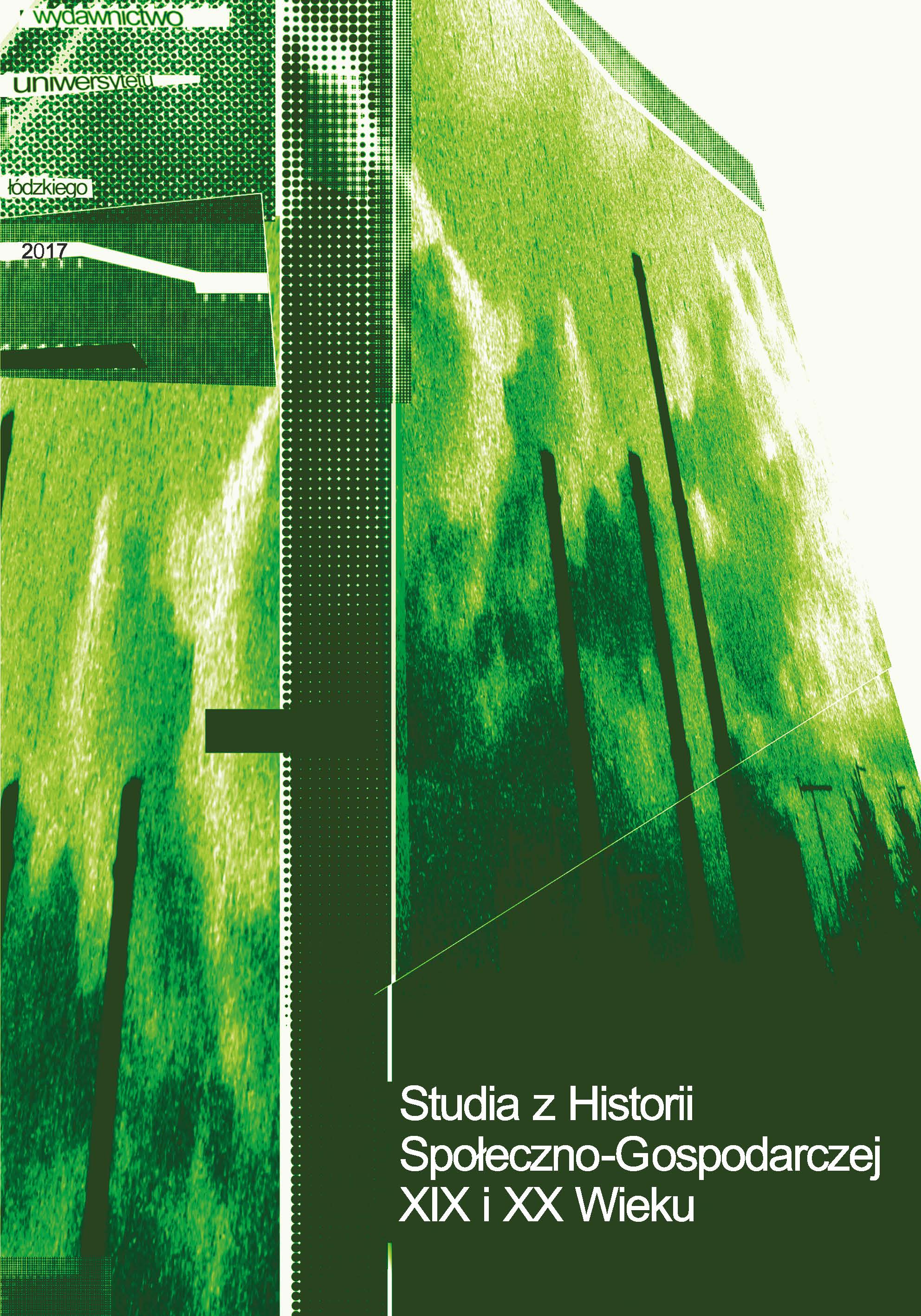Życie codzienne obywateli polskich w wybranych obozach w ZSRR w latach 1944–1949
Everyday life of Polish citizens in selected camps in the USSR in the years 1944–1949
Author(s): Aleksandra ArkuszSubject(s): Social history, WW II and following years (1940 - 1949)
Published by: Wydawnictwo Uniwersytetu Łódzkiego
Keywords: deportation; Soviet labor camps; exile; deportacja; radzieckie obozy pracy; zesłanie
Summary/Abstract: With the re-entry of the Red Army into Poland in 1944, another phase of Soviet repressions began. The internees (deprived of liberty without being sentenced by any judicial body) members of the Polish Independence Underground were held mainly in the camps subordinated to GUPVI NKVD. They were camps in Ostashkov, Ryazan and Borovichy, among many others. A special role was played by the „Smersh” counter-intelligence camp in Kharkov, to which high-ranking representatives of various divisions of the independence underground had been sent. Considering living conditions prevailing in those camps, it should be acknowledged that they depended enormously on the composition of the prisoners. In the camp in Ryazan, where mainly officers of the independence underground were kept, the living conditions were much better than in the camp in Borovichy, where the rank-and-file soldiers of the Home Army and the Peasants’ Battalions were imprisoned. This concerned a food system, sanitary and hygienic conditions, med¬ical care, as well as type of work performed by the prisoners. The best living conditions were in the Kharkov camp, although the internees were completely isolated from the outside world.
Journal: Studia z Historii Społeczno-Gospodarczej XIX i XX wieku
- Issue Year: 2017
- Issue No: 18
- Page Range: 37-51
- Page Count: 15
- Language: Polish

